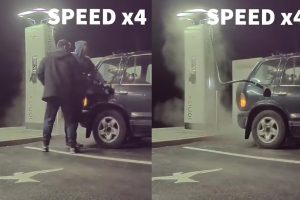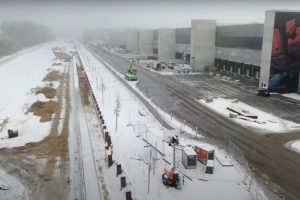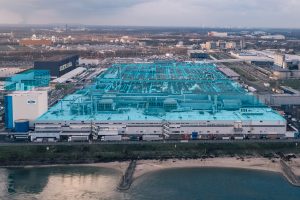I’m not the CEO of a self-driving car company, and I don’t (normally) pretend to be one on the internet. If I ever do, please feel free to shame me and ridicule me and toss me to the lions.
That said, I’ve been following the sector for many years, so I at least have some perspective on the communications and arguments around different approaches to 100% self-driving cars, and thus robotaxis. With that in mind, I thought I’d provide a few notes on Tesla’s Autopilot/Full Self-Driving progress, what we just learned about recent and coming updates from a couple of Elon Musk tweets, and some final thoughts (for now) on the Waymo versus Tesla (or John Krafcik versus Elon Musk) controversy.
Autonomous Driving Overview & Background — Waymo vs. Tesla
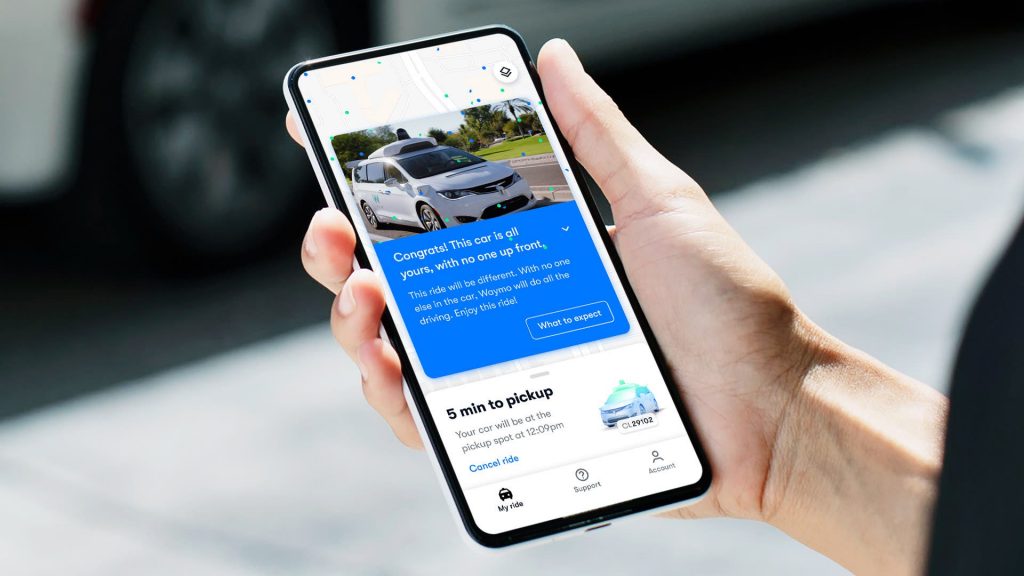
First of all, it’s important to recognize what is different about Tesla’s aims compared to the aims of Waymo, Cruise, and many other companies in this space.
Waymo has actual robotaxis in operation in the Phoenix area, and I assume this service will expand to some California locations in 2021. However, Waymo keeps their application geofenced to rather limited areas (the systems will not operate beyond an invisible “fence,” and the area within that is thoroughly mapped to try to ensure the cars don’t run into any situations they can’t handle). The cars still use cameras and machine learning to learn how to respond to other moving actors, such as other cars, bicyclists, pedestrians, and squirrels. But a key point is that Waymo won’t let its vehicles drive beyond the extremely limited areas in which they’re considered to be ready to operate 100% of the time without any driver input (or any driver).
Tesla, on the other hand, doesn’t have a 100% self-driving system working anywhere, but has its nearly self-driving system continually improving and expanding its capabilities in many locations. Week after week, the tech is able to handle more and more scenarios smoothly, safely, and without any driver input.
It’s sort of mind blowing, to be honest. It is getting to the point where people with the newest version of the tech are able to take fairly long trips without any input of their own (aside from putting the destination address in the navigation system).
Tesla has been working on this for years. Elon Musk’s clear opinion is that, technically, the system will be truly autonomous and basically robotaxi-capable sometime this year. As noted in the article linked above, the CEO of Waymo doesn’t agree, and doesn’t think Tesla’s system will ever be autonomous enough to be capable of providing a robotaxi service using the approach Tesla is using. More or less, depending on who you’re a fan of, you agree with one or the other.
We do have a robotics and engineering expert on staff who tackled this debate back in 2015. I republished the piece in 2018, and as far as I know, no one relevant to this debate has changed their opinion on the different approaches — Elon Musk and the boys at Waymo certainly haven’t! I lean toward trusting Musk (betting against Musk hasn’t worked out well for many people), and Michael Barnard’s independent take on the matter — Michael is one of the most brilliant people I know. But I would not pretend to know more about the details, nuance, and probable conclusion of this matter than any of the parties above.
That’s all just background, though. What’s new these days?
Sort of New Tesla Approach
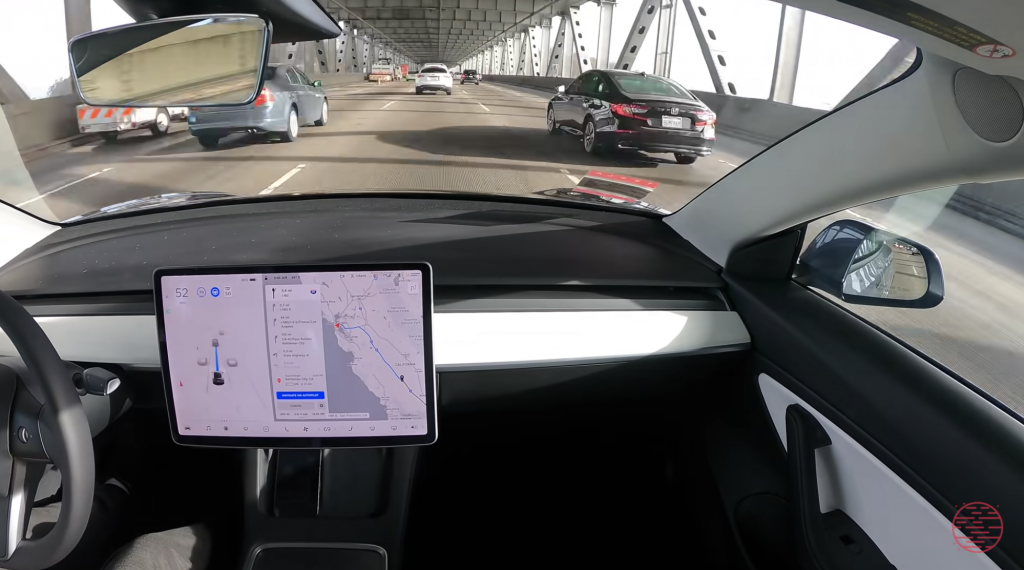
Tesla ran into some challenges with its approach to fully full self driving in 2019, which led to the company evolving into a more advanced approach that added the dimension of time to its prediction and decision-making process to a much greater extent. Read much more about that here.
The company spent months rewriting the software to make this happen, then started testing the new software approach on Elon’s car, and then started slowly rolling out a beta version of this “Full Self-Driving” suite to certain Tesla owners. This has led to rapid improvements in the semi-autonomous driving capabilities of the cars, more owners getting access to this beta software, and growing enthusiasm around potential 100% autonomy from Tesla. It has also triggered more comments and articles claiming that Tesla won’t be able to do what Elon says Tesla will be able to do.
A handful of hours after responding to the CleanTechnica article linked at the top of this piece, in a thread with a Tesla owner and frequent Tesla-focused tweeter, one of the people now testing the beta FSD software, Elon further explained what the company has been doing to improve the software suite. Here are the key tweets:
(NNs = neural networks.)
For much more on the teams advancing Tesla Autopilot/Full Self-Driving overall, see this CleanTechnica piece: “Tesla Autopilot Innovation Comes From Team Of ~300 Jedi Engineers — Interview With Elon Musk.”
The Future of Tesla & Waymo
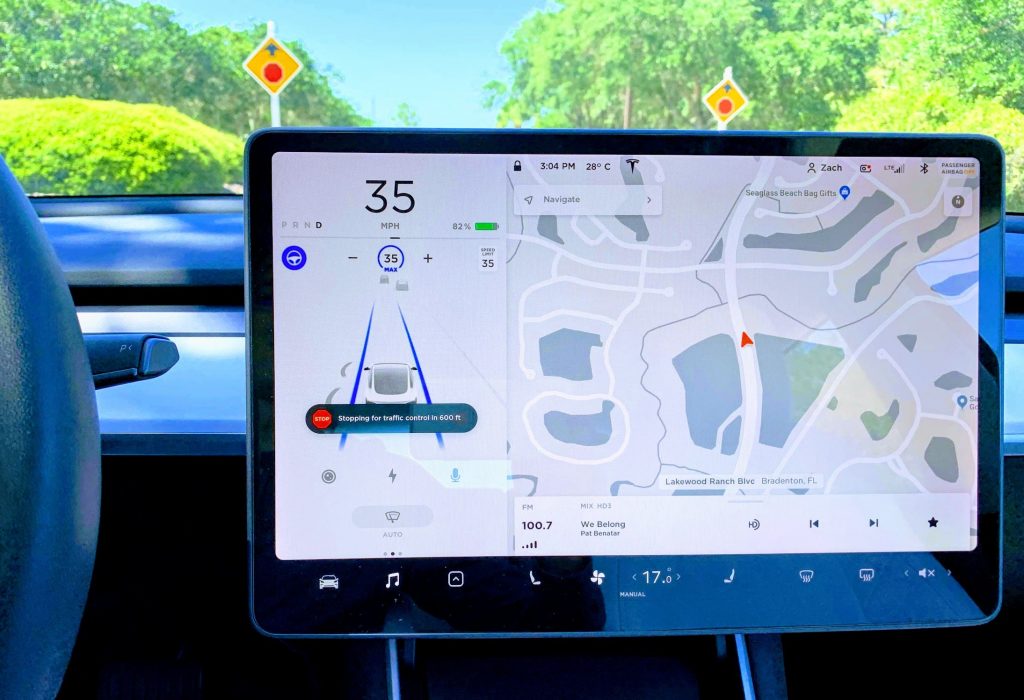
Clearly, Waymo CEO John Krafcik thinks there will still be edge cases that make it possible for Tesla to remove drivers completely. Whether or not he’s right means a lot not just for the future of Tesla but also for the future of Waymo.
If Tesla gets FSD working as Elon expects, Tesla will basically be able to turn millions of Teslas into fully self-driving cars overnight. (Well, regulations will advance in different timeframes in different locations, but you get what I mean.) Instead of relying on hyper-precise mapping in location after location and a gradual rollout, Tesla could turn on robotaxis across vast geographic areas. The former, of course, is how Waymo is proceeding. My understanding is that Waymo plans to accelerate its robotaxi rollout much more in the coming year or two, going well beyond parts of Phoenix, but doing so relies to some degree or another on how much progress its top competitors make, and especially Tesla. (Other companies, like Cruise, follow the same theory of technology as Waymo but appear to be a bit further behind it. Maybe. Again, this is more a case of me passing on what I’ve read and heard experts say than any expert analysis of the software myself.)
If Tesla does not achieve its mission, or even just stumbles and takes a few more years to do so than Elon and crew expect, that leaves a lot more time and space for Waymo to leap into new markets and expand its service.
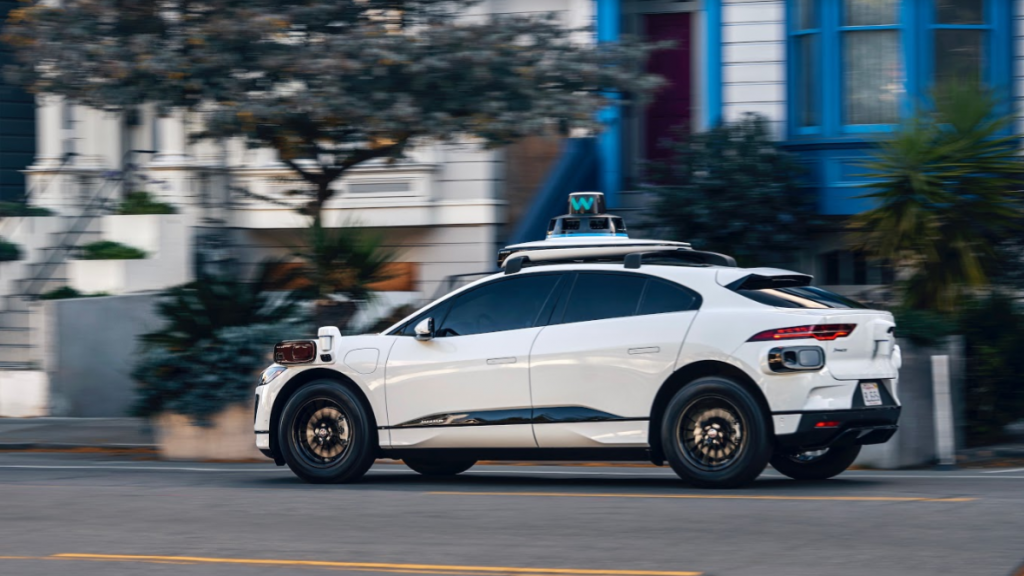
Depending on how all of these matters actually progress in the real world, Tesla’s valuation could be orders of magnitude larger or smaller, and Waymo’s valuation could be orders of magnitude larger or smaller. No doubt, much money and big egos are at stake here. Choose a side at your own risk!
Original Publication by Zachary Shahan at CleanTechnica.


